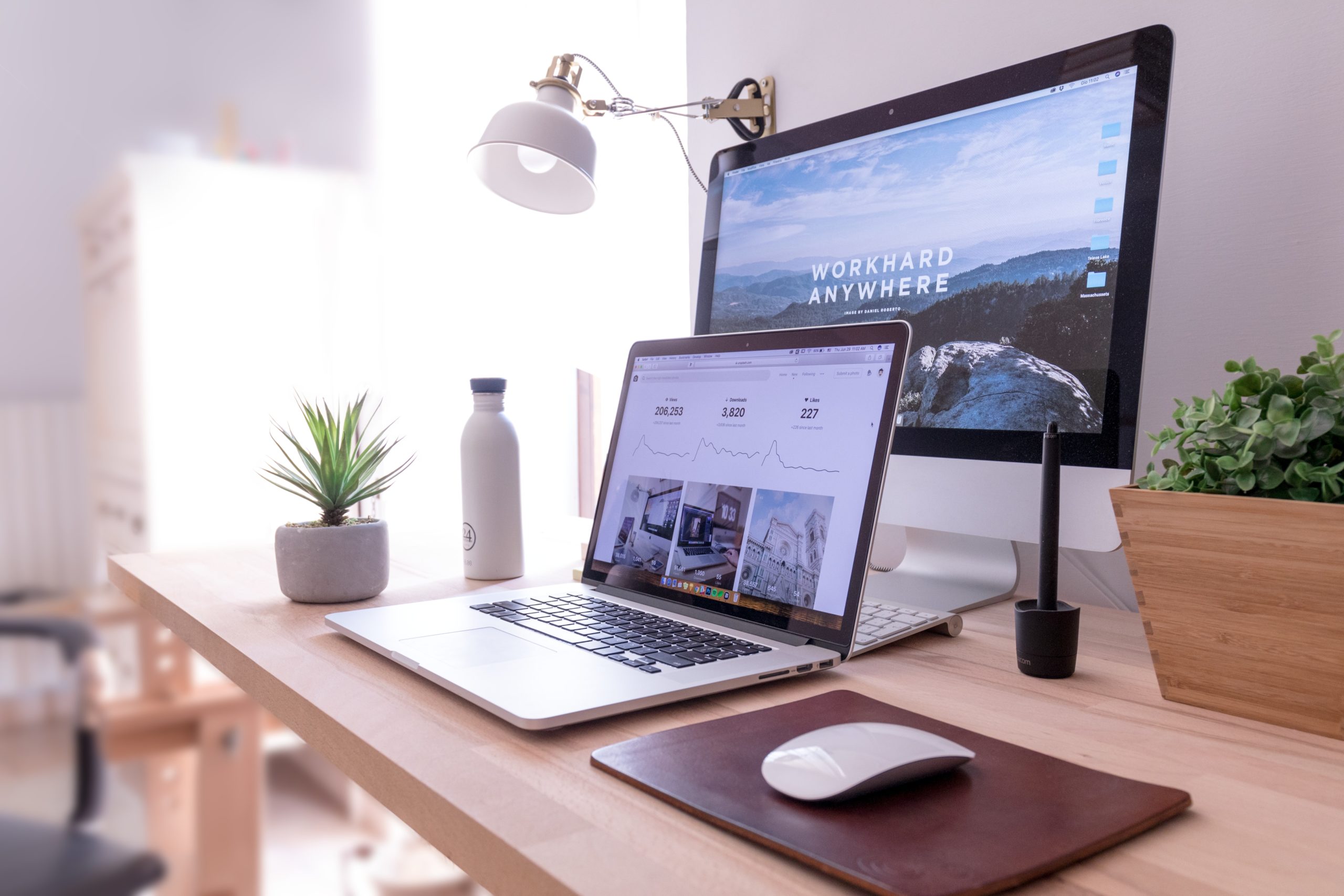Winning media coverage can make all the difference to the fortunes of a tech company.
Building up mentions across a range of media will help cement your legitimacy and credibility with potential investors, customers and new hires. You therefore need to make it as easy as possible for journalists to find relevant information about you. To do this, you need a media kit.
In this post I’m going to explain how to create a tech company media kit, what to include in one, and when to use it.
What is a media kit?
In the world of PR, a media kit, (also known as a press kit or a digital media kit), provides a high level overview of your business. This includes things like a mission statement, achievements and milestones, leadership bios, downloadable images and press contact details.
What is the purpose of a media kit?
The purpose of a business press kit is to make it easier for journalists to find information about you. It also helps them to stay “on message”. And as one of the main issues with earned media is that you can’t control the message, this is very important.
When writing a story about a company, a journalist will often scan it’s website and copy and paste certain sections. Therefore, you want to make sure they’re referring to information you want them to use. By providing succinct information in your company media kit, you massively boost your odds with this.
How to assemble a press kit
Here’s what to include in your tech company media kit, along with great business press kit examples:
About Us
Your first job is to educate people on who you are and what you do. Keep it brief and on point, avoiding waffle. The first few sentences should provide sufficient information for the reader to understand what it is your company does.
Once you’ve got the key information across, you can then add a bit of depth with your founding story. Here’s a great example of this done well on Kickstarter’s press page.
Mission Statement
Once you’ve provided your “what” in the about us section, you can now explain your “why”. You do this with your mission statement. This tells customers, suppliers, journalists, influencers and the general public what your purpose for being is.
The golden rule of a well-written mission statement is to keep it short. There’s no bigger turn off than reading paragraph after paragraph of a company’s mission when it could have been explained in a sentence. So keep yours to one or two sentences.
There’s no harm in discussing your mission or values in greater detail, but make sure your mission statement is displayed first. And if a journalist copies and pastes this into an article, that’s a big win.
Here’s Billfixers mission statement, which gets the point across very succinctly.
Our Team
Provide a bio, short resume and headshots of your senior team members. Include contact details and social media accounts. Here’s how Prezi have done this with their press kit.
Recognition, awards and data
Add links to all the relevant media coverage that you’ve won such as press releases and any other noteworthy media mentions. Don’t worry if you haven’t won any coverage yet – you can create this once you’ve gained traction with the press.
The same goes for awards – include logos of the awards you’ve won, along with the name and year of the award.
Also include any high level data about your company, such as HQ location, when it was founded, number of employees, case studies, and number of users or downloads. Here’s another great example from Prezi.
Image bank
There’s nothing more frustrating than winning some media coverage but seeing an old logo being used in the story. You can help avoid this from happening by providing a range of JPEG and PNG logos for download in your business press kit.
Also include images of your offices and leadership team (other than the headshots in the previous section). It’s more likely that a journalist will want to use one of these images of your business, rather than just your logo. I love this example from Dropbox, where they’ve put their images in a Dropbox folder, obviously!
Contact details
Include contact details that the press can use for inquiries. Don’t use a generic email like “contactus”. Ideally, you should nominate someone to handle press inquiries and put their email address and phone number here.
Where to host my digital media kit?
There are a few places you can host your company media kit. You need to decide whether you want it publicly available or if you just want to share it as and when you do media outreach. Here are your main options:
- Host it on your website you anyone can find it
- Host it in a Google drive and send the link to journalists when doing outreach
- Host it in a zip folder and attach it to emails when doing outreach
When to use a media kit?
Whenever you send out a press release, you can also include your press kit to provide full details of your company. It’s also extremely useful when applying for awards and positions at conferences, as organisers will need to know this information. And it can be used to support any other type of PR activity, such as pitching for guest articles or product reviews.
Lastly, don’t confuse a media kit with a press release (which can happen). A media or press kit won’t generate press coverage by itself. Its purpose is to support your pitches to journalists and other PR activity.
Final Thoughts
By following the above steps on how to create a media kit for your business, you will make things easier for a journalist to find “on brand” information about your company and increase your chances to win valuable earned media.





